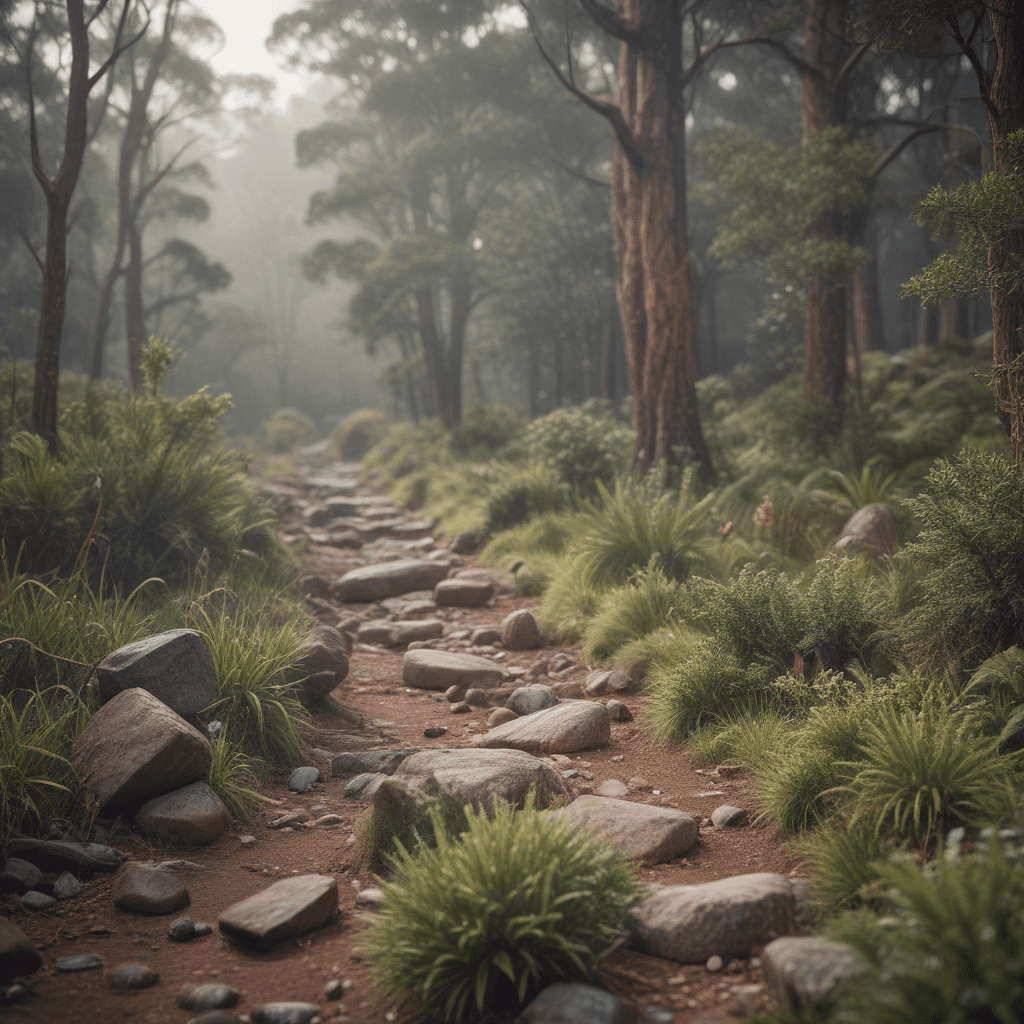
Trekking the Tasmanian Wilderness: A Nature-Lover’s Paradise
1. Introduction: The Wonders of Tasmania's Wilderness
Nestled off the southeastern coast of Australia, Tasmania is a nature lover's paradise boasting pristine wilderness areas that offer trekking experiences unlike any other. With its towering mountains, crystal-clear lakes, and lush rainforests, Tasmania's wilderness is a sanctuary for biodiversity and natural beauty. Whether you're a seasoned hiker or a nature enthusiast seeking an unforgettable adventure, trekking the Tasmanian Wilderness is an experience that will stay with you for a lifetime.
2. Planning Your Trek: Essential Considerations
Planning a trek in the Tasmanian Wilderness requires careful consideration of several key factors. First, determine the length and difficulty of your trek based on your fitness level and experience. Choose a trail that aligns with your abilities and allows ample time for rest and exploration. Research trail conditions, weather patterns, and accommodation options to ensure a safe and enjoyable journey. Consider the season you'll be trekking in, as Tasmania experiences all four seasons, each offering unique challenges and rewards.
3. Trail Options: From Day Hikes to Extended Expeditions
The Tasmanian Wilderness offers a wide range of trekking options, from day hikes to multi-day expeditions. Day hikes provide a taste of the wilderness without requiring extensive preparation. Short trails, such as the Dove Lake Circuit, offer stunning views of Cradle Mountain. For a more immersive experience, multi-day treks like the Overland Track traverse the heart of the wilderness, passing by iconic landmarks such as Cradle Mountain, Lake St Clair, and Mount Ossa. These extended expeditions require more planning and preparation, but offer a profound connection with the Tasmanian wilderness.
4. Gear and Equipment: What to Pack for the Backcountry
Proper gear and equipment are essential for a successful trekking experience. Pack lightweight and durable clothing that can withstand changing weather conditions. Sturdy hiking boots, a backpack, and a sleeping system are crucial. Consider trekking poles for added stability, particularly on uneven terrain. A comprehensive first-aid kit and insect repellent are also essential. Plan your food and water provisions carefully, packing lightweight, high-calorie snacks and bringing a water filtration system to treat water from natural sources.
5. Trail Etiquette: Respecting the Environment and Fellow Trekkers
As you venture into the Tasmanian Wilderness, remember to respect the environment and fellow trekkers. Follow established trail routes
6. Wildlife Encounters: Safety and Etiquette
Tasmania's wilderness is teeming with diverse wildlife. While many animals are timid and avoid human contact, it's important to be aware of your surroundings and observe wildlife etiquette. Avoid feeding animals and maintain a respectful distance. If you encounter a potentially dangerous animal, remain calm and do not approach. Slowly back away and report the incident to park authorities. Additionally, be mindful of the impact your presence can have on wildlife. Observe animals quietly and refrain from using flash photography.
7. Weather Conditions: Preparing for Rain and Sun
Tasmania's weather can be unpredictable, with conditions changing rapidly. Be prepared for rain and wind by packing appropriate clothing and gear. Waterproof and breathable fabrics are essential for staying dry. Carry a whistle for emergencies and learn how to use it before setting off. Be aware of changing weather patterns and monitor the forecast regularly. Adjust your itinerary if necessary to avoid extreme weather conditions.
8. Accommodation Options: Huts, Campsites, and Trailside Lodges
Huts, campsites, and trailside lodges provide accommodation options along popular trails. Huts are typically basic shelters with bunks and limited facilities. Campsites offer more privacy but require you to bring your own tent. Trailside lodges offer comfortable accommodation and meals. Reservations are highly recommended for huts and lodges, especially during peak season. Plan your itinerary around accommodation availability and consider carrying a tent as a backup option.
9. Food and Water: Planning Your Provisions
Planning your food and water provisions is crucial for a successful wilderness trek. Pack nutritious, high-energy snacks and meals that are easy to prepare and transport. Consider weight and portion sizes when choosing provisions. Carry a water filtration system to treat water from natural sources. Replenish your water supply regularly, especially during hot weather or strenuous activity. Avoid packing heavy or perishable items.
10. Leave No Trace: Minimizing Impact on the Wilderness
Practicing Leave No Trace principles helps preserve the pristine wilderness for future generations. Pack out everything you pack in. Dispose of waste properly by using provided bins or carrying a waste bag. Avoid using campfires unless designated fire rings are available. Be respectful of wildlife and their habitats. Stay on designated trails to prevent erosion. Leave the wilderness as you found it, allowing others to enjoy its beauty and tranquility.
FAQ
Q: Do I need a permit to trek in the Tasmanian Wilderness?
A: Yes, a permit is required for multi-day treks and hut bookings.
Q: Is camping permitted in the wilderness outside of designated campsites?
A: No, camping is only allowed in designated campsites to protect the environment.
Q: Are there fees associated with wilderness trekking?
A: Yes, park entrance fees and hut fees may apply.
Q: How do I prepare for wildlife encounters?
A: Stay alert, maintain a distance, and avoid feeding animals.
Q: What are the best seasons for trekking in the Tasmanian Wilderness?
A: The shoulder seasons (spring and autumn) offer milder temperatures.


